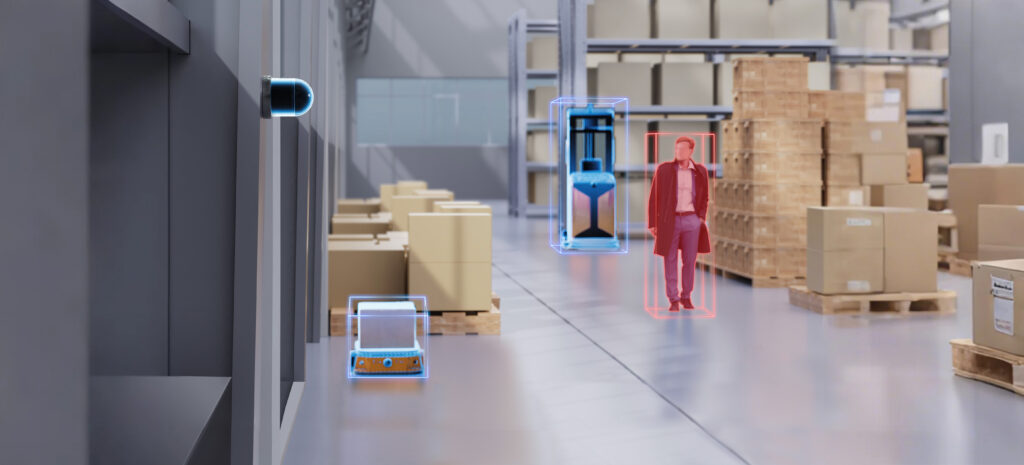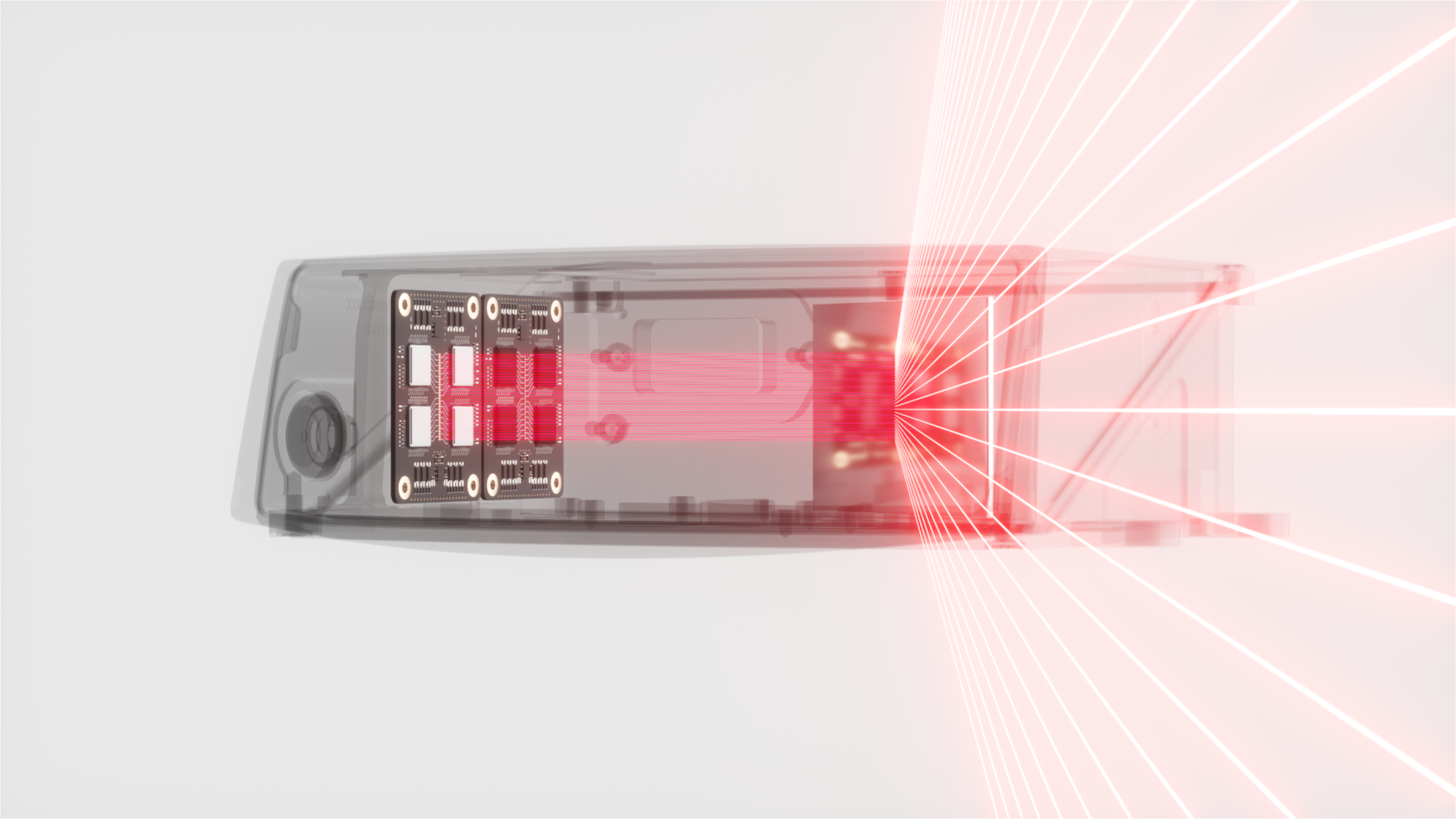
The Secret Behind Li Auto L9’s Intelligent Driving – Hesai AT128 Lidar
On June 21st, 2022, the next-gen flagship SUV, Li Auto L9 was officially released. Its AD Max intelligent driving system not only expands NOA navigation assisted driving to urban scenes with complex road conditions, but it also greatly increases driving safety, making the “family car” highly anticipated.
How does Li L9 do it? In addition to traditional sensors such as camera and radar, Li L9 is also equipped with a new technology – lidar.
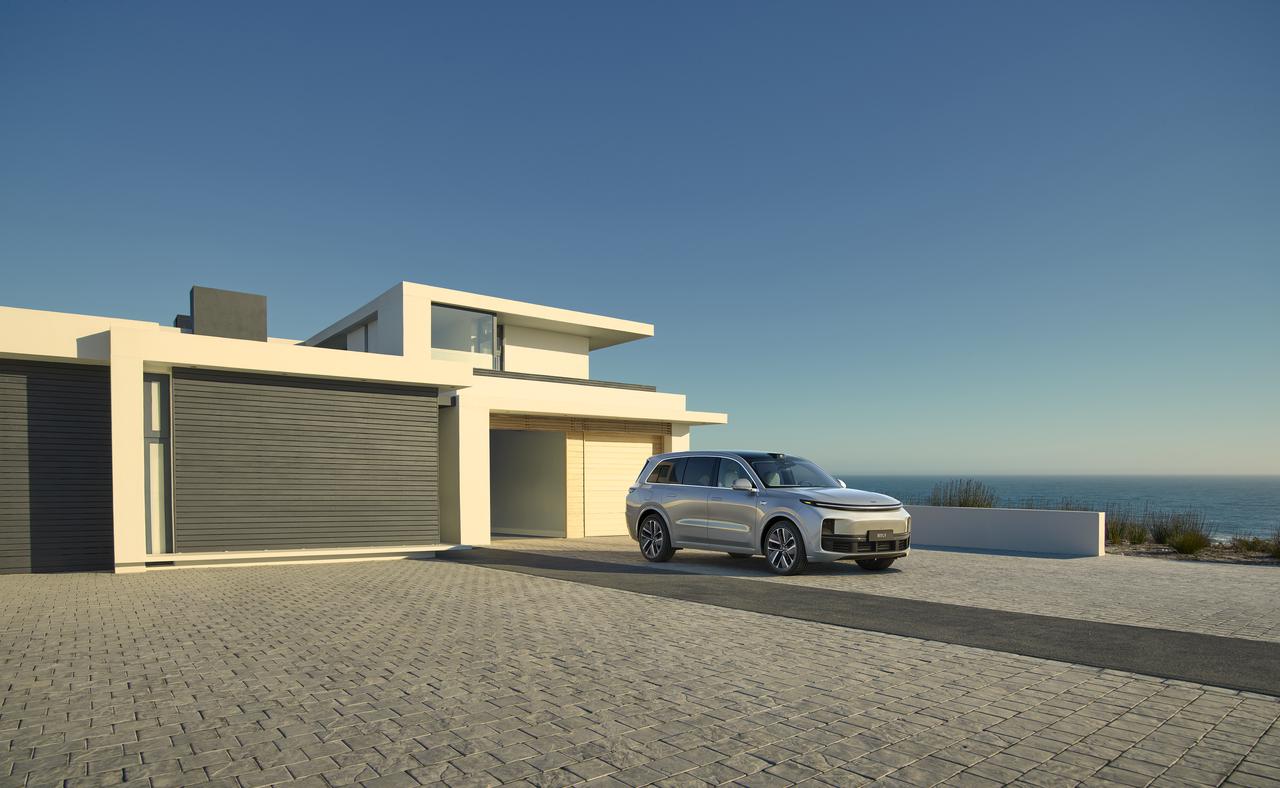
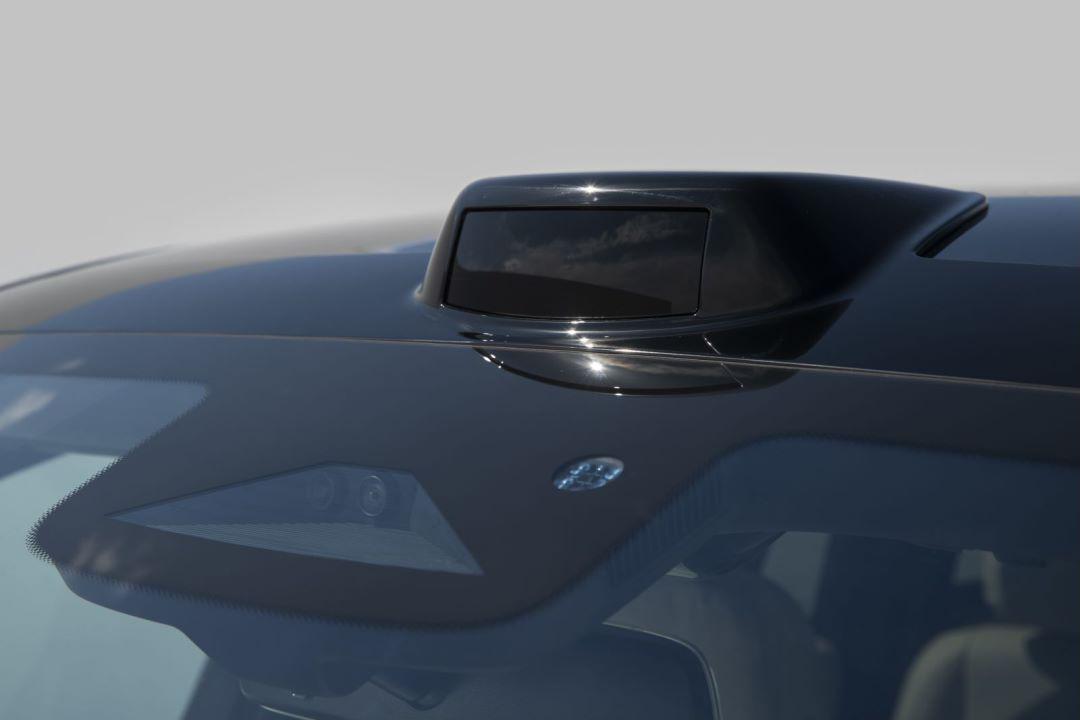
You can spot the Hesai AT128, an ultra-high resolution lidar on the car roof. It makes Li L9 safer, more intelligent, and capable of handling more complex road conditions. Let’s look at some examples.
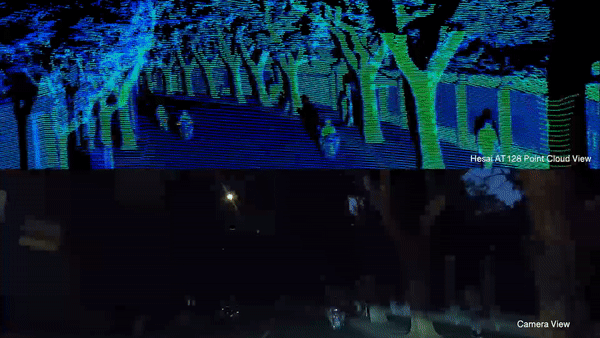
Point cloud recorded by Hesai
On a dark country road, headlights’ visibility is very limited and the camera captures insufficient details. If a pedestrian or vehicle appears, the camera may not be able to see them until it is too late.

Uniquely shaped vehicle on highway (courtesy of Li Auto)
Another typical case is “recognition failure”. Since vision algorithms heavily rely on recognizing the characteristics of known objects, it could fail to identify unknown objects. For instance, when encountering a uniquely shaped vehicle stopped on the highway, the system cannot identify the vehicle through feature comparison, despite the camera seeing the vehicle clearly. Many high-speed assisted driving accidents have been caused by recognition failure.
With lidar, such dangers can be avoided.
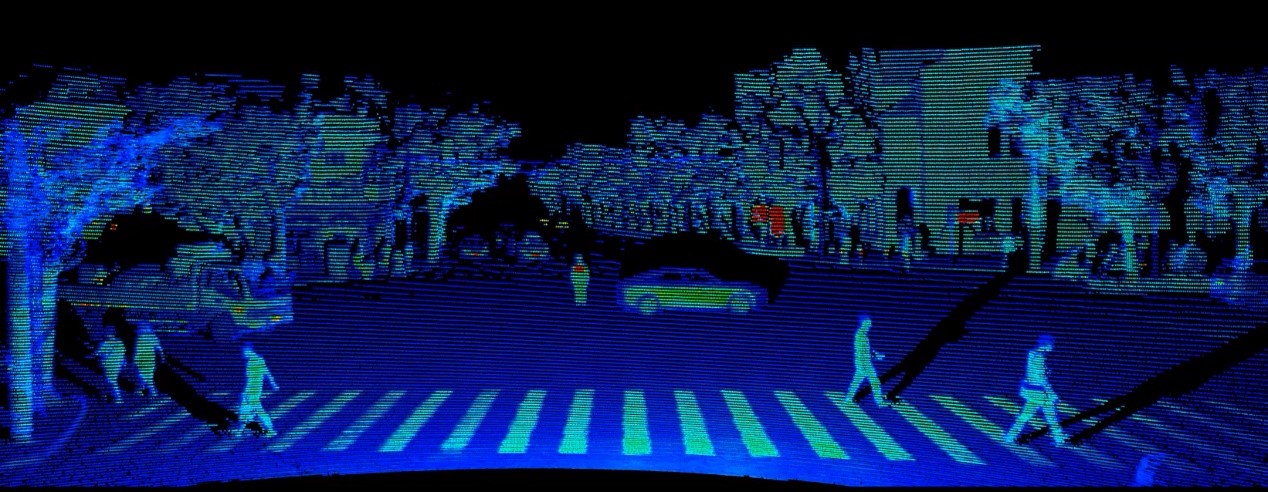
Unlike cameras that only passively receive light, lidar can actively emit millions of infrared laser beams each second, forming millions of points to outline the physical world in great detail. This allows AD Max to accurately locate the 3D data of all objects. This is a Point Cloud, the real “eyes” of an intelligent vehicle.
The point cloud is not affected by changes in ambient light or object color. Even in total darkness, it can still perceive objects clearly.
Such high-precision 3D vision has many benefits.
The first benefit is seeing farther. The Hesai 128-channel, ultra-high resolution lidar equipped on Li L9 has a 200-meter detection range to perceive complex road conditions from far away. This range provides sufficient reaction time for the driving system to properly assess risks and make the safest decisions.
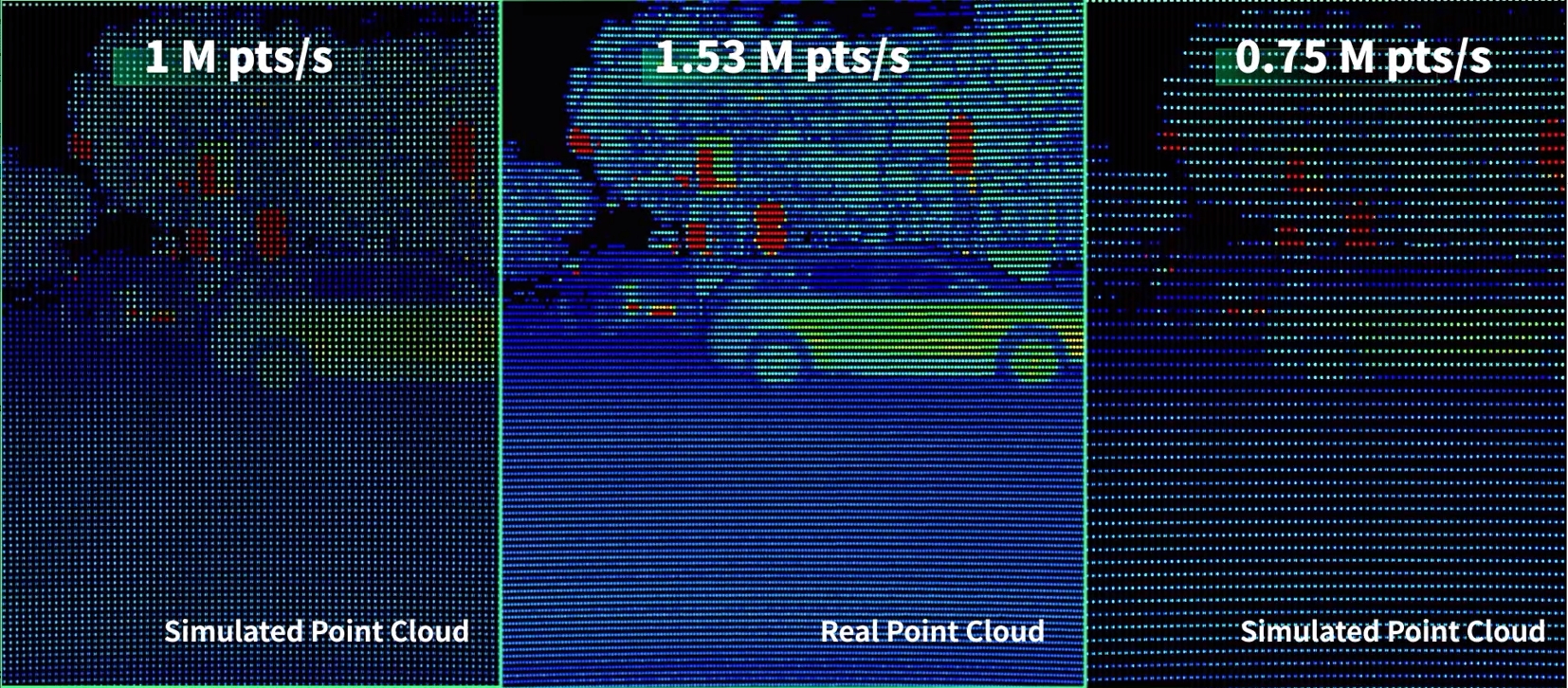
However, seeing far away is not enough. Like cameras, high resolution is also required to effectively perceive distance. Hesai’s AT128 can achieve an overall resolution of 1200×128 and generate 1.53 million data points per second, which is the strongest comprehensive performance among mass-produced lidars currently on the market. Whether its vehicles, pedestrians, or tires and traffic cones that are easily overlooked, lidar will capture all objects in great detail, ensuring accurate decision making to avoid risks.
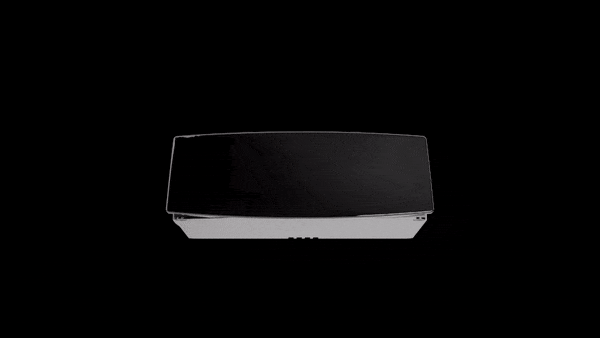
To achieve such strong performance, instead of using the traditional bulky design of discrete devices, Hesai successfully integrated hundreds of transmit-receive modules into a small and compact lidar – a breakthrough in the global automotive lidar field.
Such difficult integration is made possible by the ASIC technology that Hesai has developed over the years. Integrating 128 sets of laser transmit-receive modules onto a few millimeter-sized chips puts lidar on the track of “Moore’s Law”, which is a golden rule used to describe transistor density in microchips doubling every 2 years. Hesai’s ASIC solutions will continuously increase lidar performance while decreasing in size and cost due to their alignment with Moore’s law.
Lidar has elevated intelligent vehicles from “2D perception” to “3D perception”. It not only improves driving safety under various scenarios, but also provides more intelligent and comfortable assisted driving functionalities. Li Auto L9 will officially enter the market this year. Are you ready to get your hands on one?



